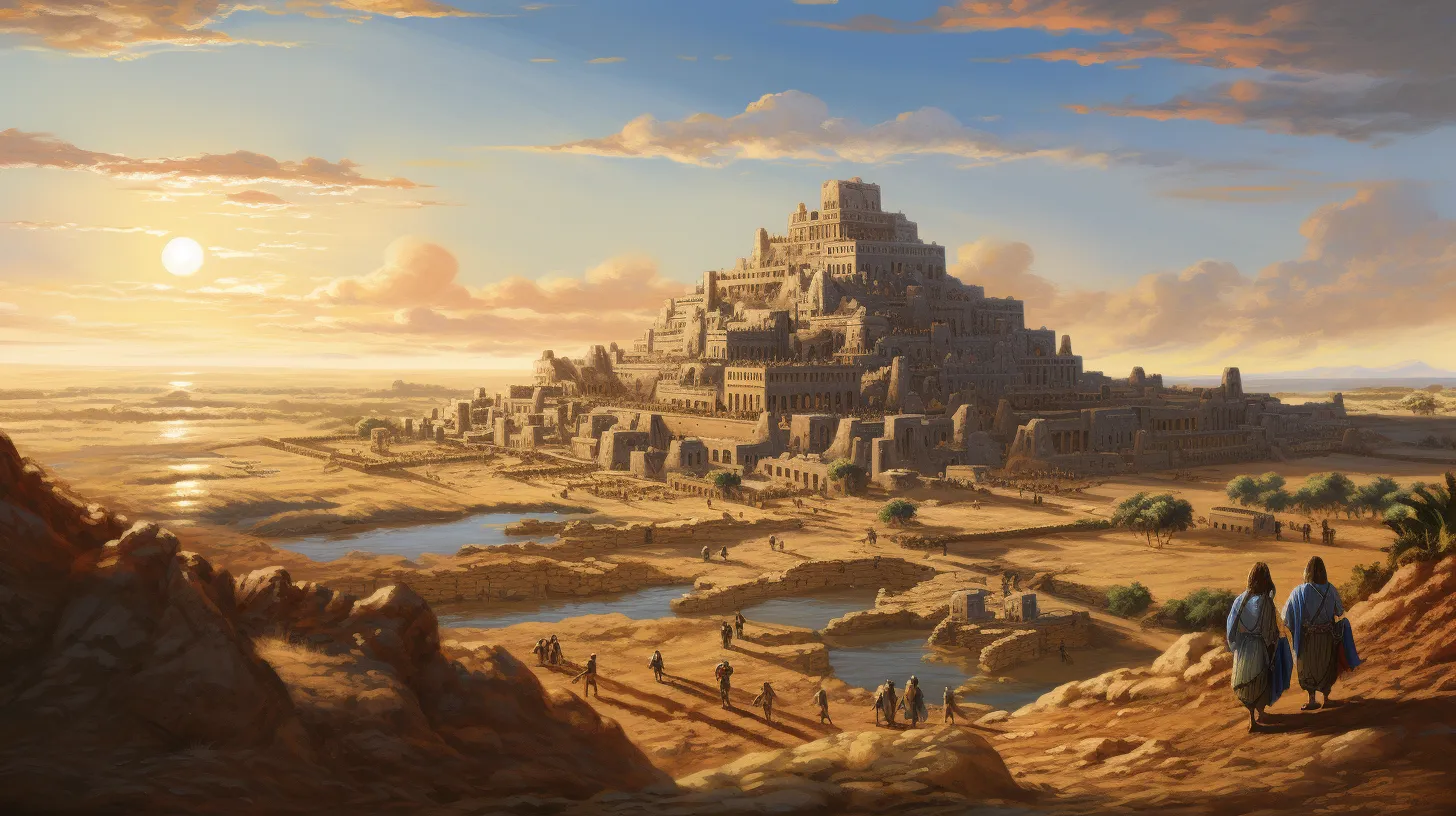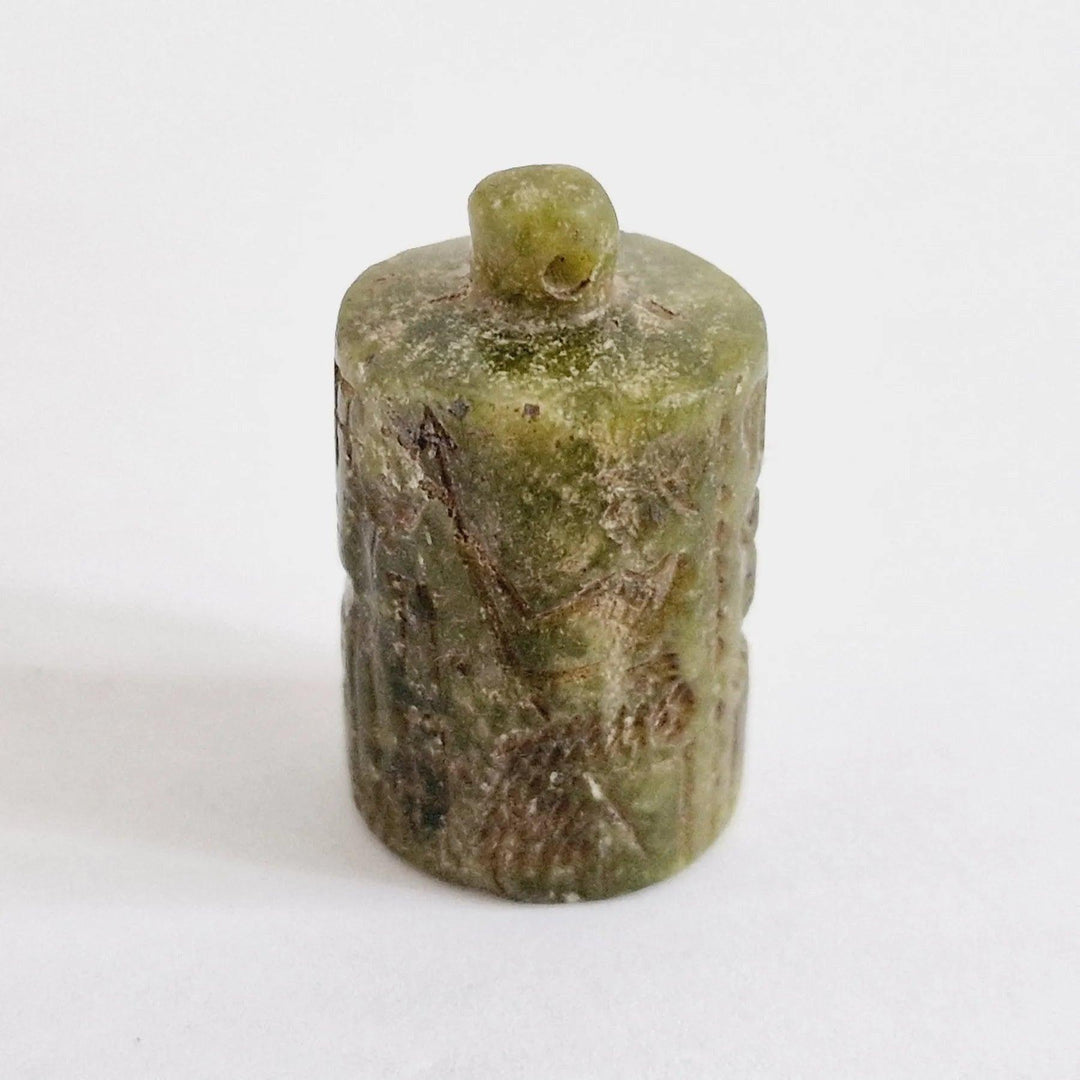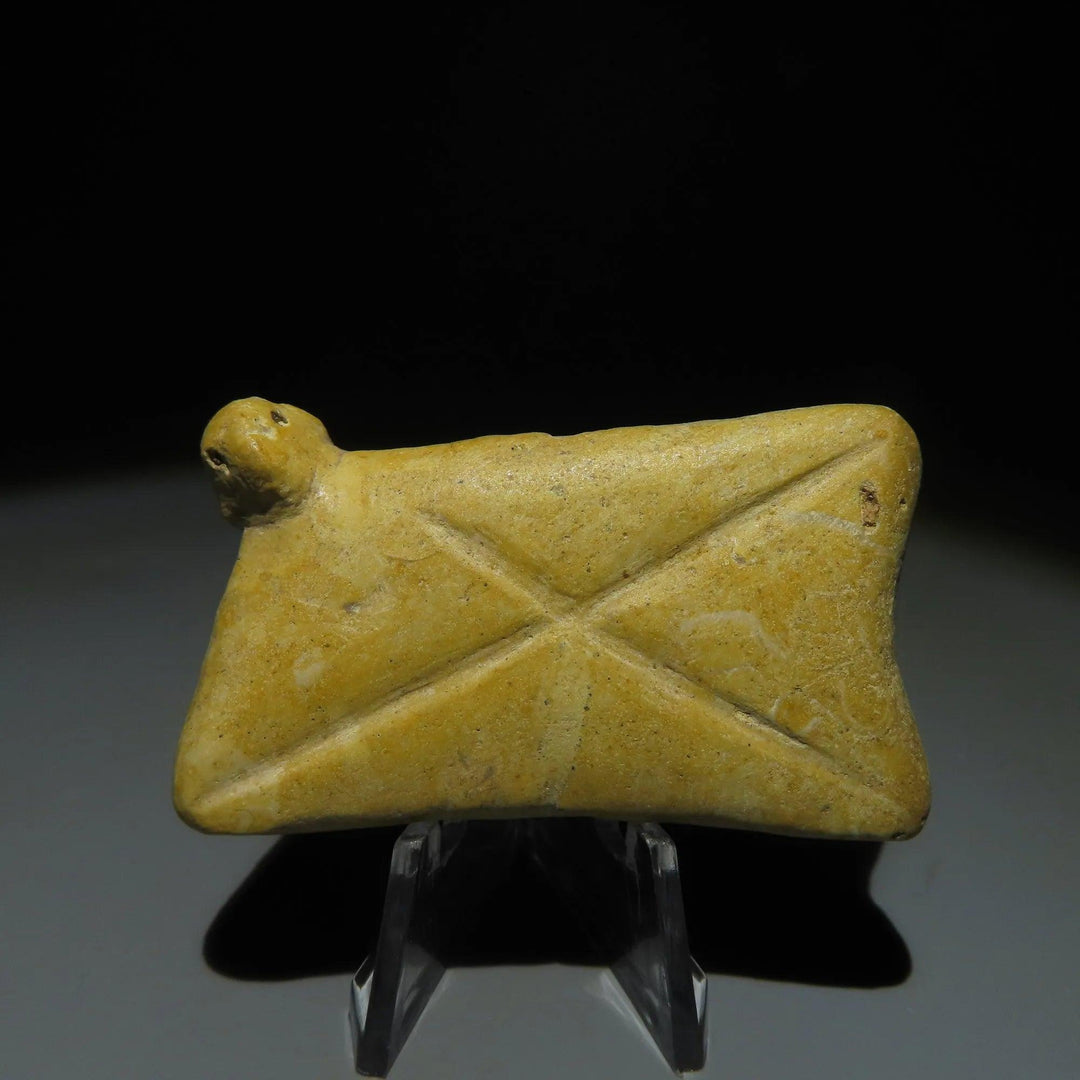
Sumer: Glimpses from Humanity's First Civilization (6500BCE - 2000BCE)
Delve into the world of Sumer with our collection of genuine artifacts. Experience the legacy of the civilization that gave us the wheel, cuneiform writing, and the earliest urban centers.
Sumer - the cradle of civilization, where humanity first began its journey of urbanization, innovation, and cultural evolution. Nestled between the Tigris and Euphrates rivers, Sumer's city-states were the epicenters of early advancements that still resonate in today's world.
Key Contributions:
- Cuneiform Writing: The Sumerians developed one of the world's first writing systems, cuneiform, etched on clay tablets, which became the primary medium for recording trade, laws, myths, and more.
- Urban Development: Cities like Uruk, Ur, and Eridu were among the first urban centers, boasting ziggurats, temples, and bustling markets.
- Mathematics and Astronomy: The Sumerians used a base-60 system, which is why we have 60 minutes in an hour. They also had a lunar calendar and identified various celestial bodies.
- The Wheel: One of humanity's most transformative inventions, the wheel, was first used in Sumer for pottery and later for chariots.
Regions: Sumer, located in southern Mesopotamia (modern-day southern Iraq), was dotted with influential city-states:
- Uruk: Often considered the first true city, it was a major religious and trade center.
- Ur: A coastal city, known for its magnificent ziggurat and as the birthplace of the biblical figure Abraham.
- Eridu: Believed by many to be the oldest city, it held significant religious importance.
- Lagash and Nippur: Important centers of culture, religion, and governance.
Valued Materials: The Sumerians, with their innovative spirit and reverence for the divine, cherished various materials:
- Clay: The primary medium for cuneiform tablets, pottery, and bricks.
- Copper and Bronze: Used for tools, weapons, jewelry, and statuary.
- Lapis Lazuli: A blue gemstone imported from Afghanistan, it was used in jewelry and decorative items.
- Alabaster and Diorite: Employed for statues, seals, and architectural elements.
Relevant Time Periods: Sumer's illustrious history spans several millennia, marked by periods of growth, conflict, and renaissance:
- Ubaid Period (c. 6500–3800 BC): Early settlements and the development of pottery.
- Uruk Period (c. 3800–2900 BC): Rapid urbanization, the emergence of cuneiform, and the rise of city-states.
- Early Dynastic Period (c. 2900–2350 BC): Establishment of dynasties, increased trade, and the construction of monumental architecture.
- Akkadian and Neo-Sumerian Periods (c. 2350–2000 BC): Marked by the Akkadian Empire's dominance and the subsequent Sumerian renaissance.
Explore our curated selection of Sumerian artifacts, each echoing tales of priests, scribes, merchants, and the rhythms of life in ancient Mesopotamia. From cuneiform tablets to votive statues, immerse yourself in the echoes of the world's first civilization.





